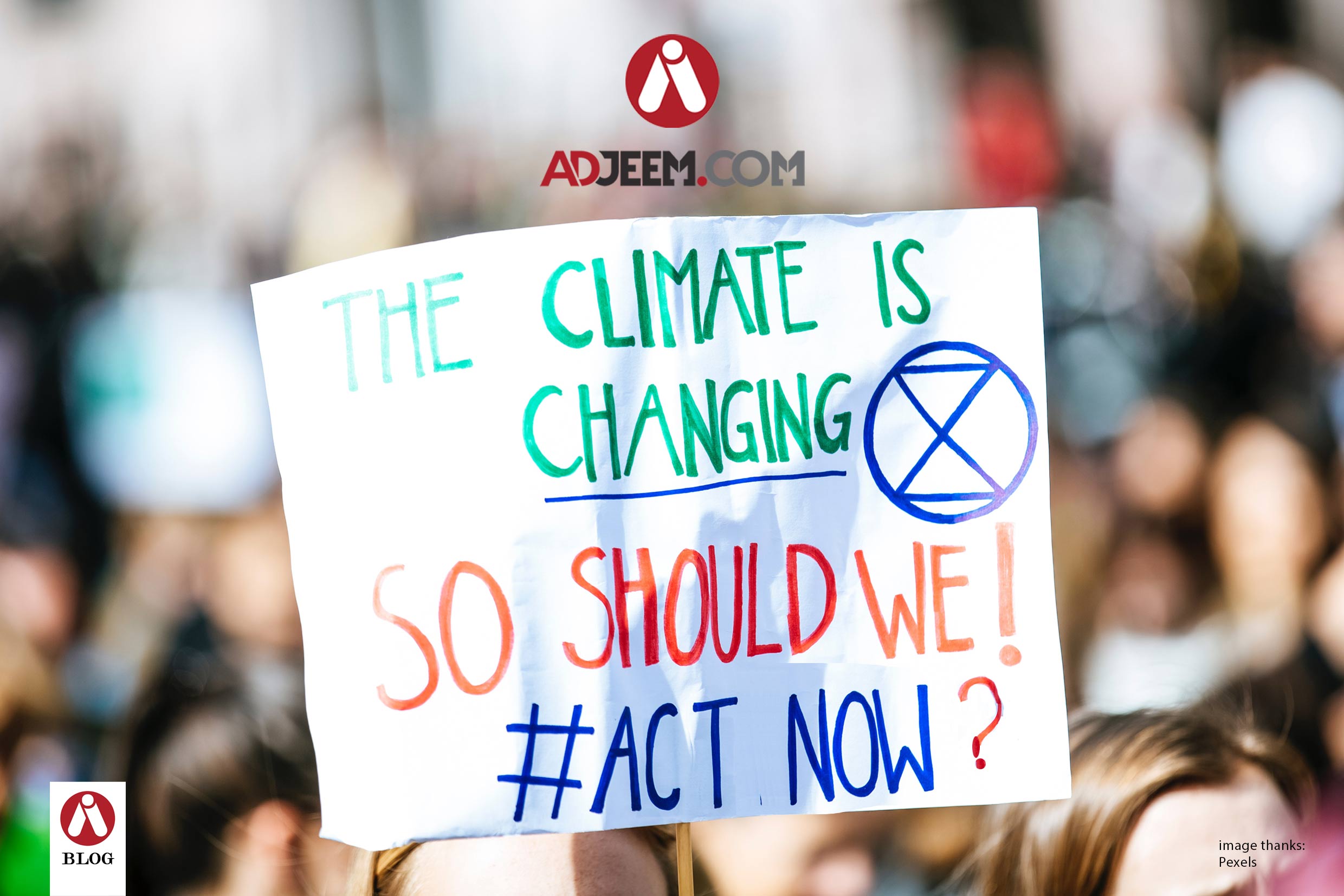Climate change is one of the most pressing issues facing the world today. The Intergovernmental Panel on Climate Change (IPCC) has warned that we have just 12 years to take decisive action to halt the progress of global warming and avoid catastrophic levels of climate change. The impacts of climate change are already being felt around the world, from more extreme weather events to rising sea levels and melting glaciers. Here are some of the ways in which climate change is affecting the world today.
There’s no question that climate change is affecting the world today. The effects of climate change are being felt by people, plants, and animals all around the globe.
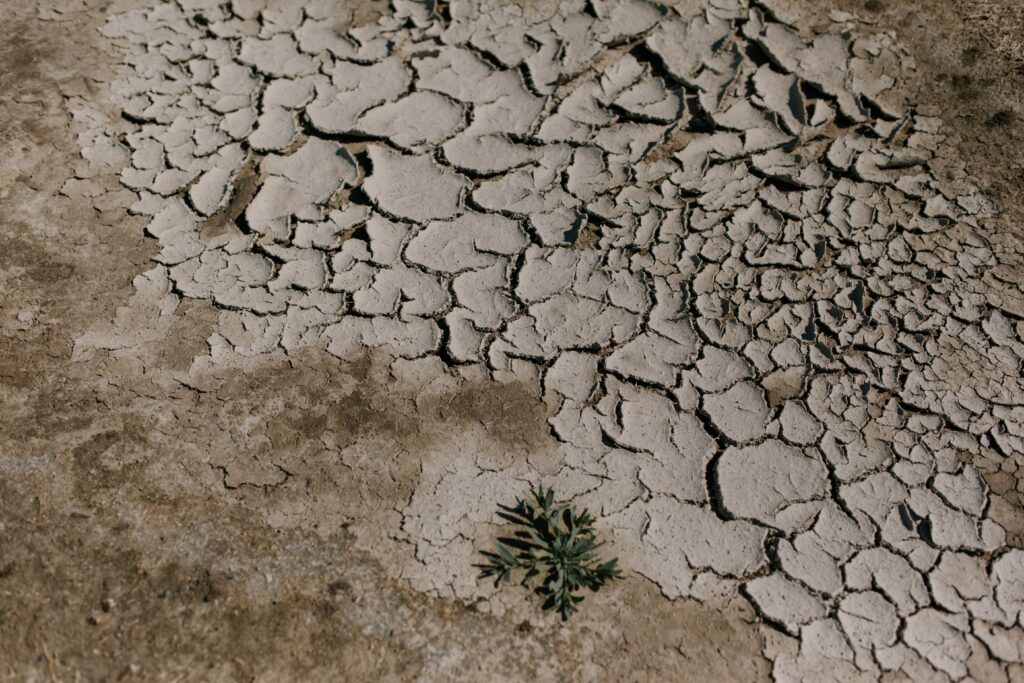
The Earth’s average temperature is rising
The Earth’s average temperature is rising, and this is resulting in more extreme weather conditions. We’re seeing more droughts, more floods, and more hurricanes. And, as the climate continues to change, these extreme weather conditions are only going to become more common.
Climate change is also causing the sea level to rise. This is because warmer temperatures cause the ice caps and glaciers to melt. As the sea level rises, coastal areas are at risk of flooding.
And, as if that wasn’t enough, climate change is also making it harder for people to grow crops and access clean water. As the climate changes, it’s becoming more difficult to grow crops in many areas of the world. And, as droughts become more common, access to clean water.
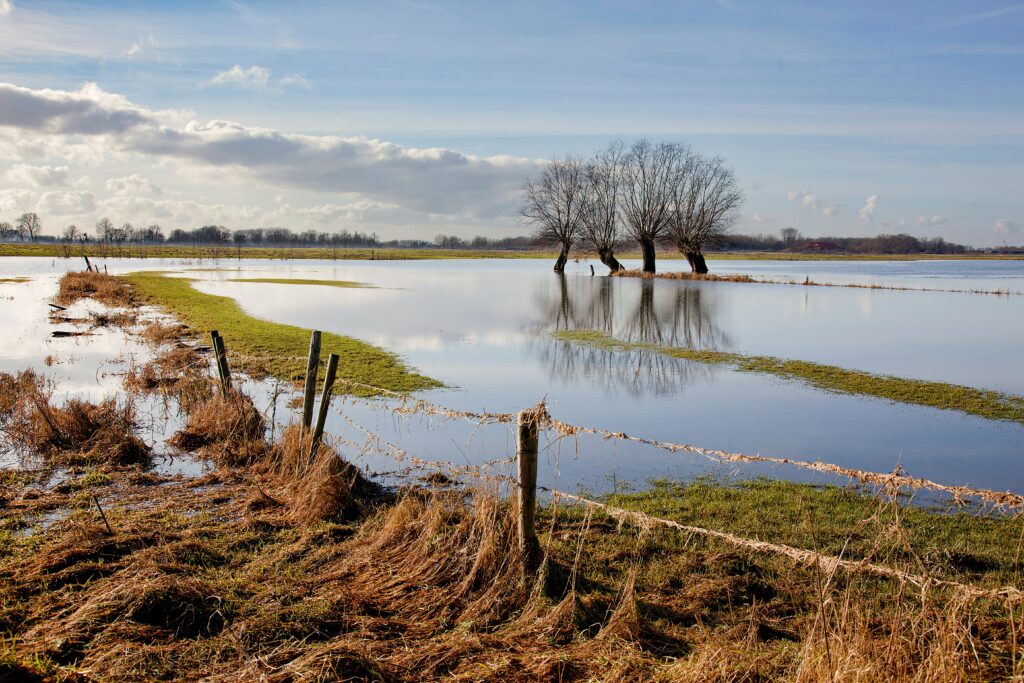
As the Earth’s atmosphere warms, the weather patterns that we are used to are changing. We are seeing more extreme weather events, such as more frequent and more intense heatwaves, droughts, and floods. These extreme weather events can have a devastating impact on communities, damaging infrastructure, crops, and homes. They can also lead to loss of life.
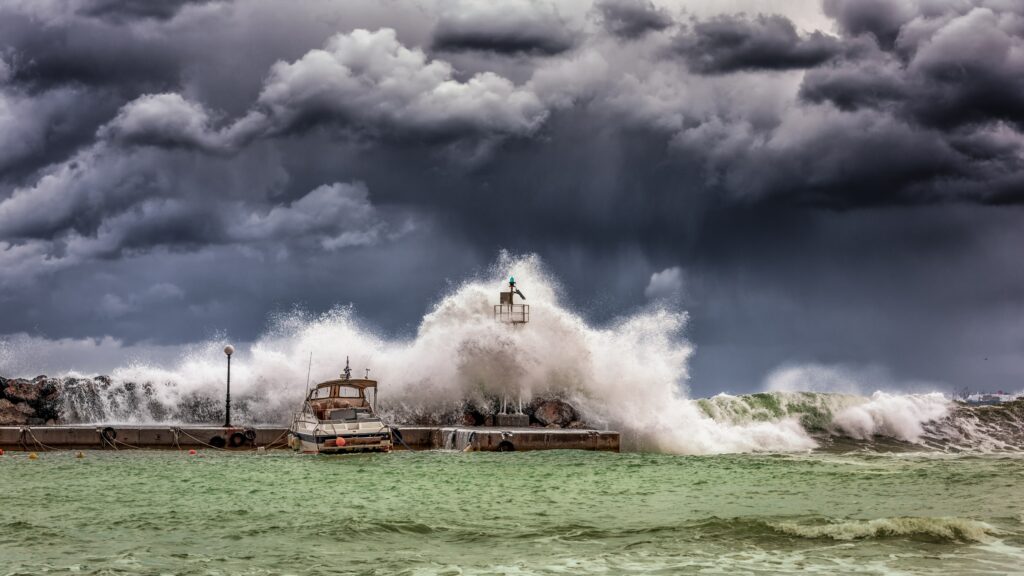
A rise in sea level is one of the most concerning effects of climate change. The Earth’s average temperature is rising, and as it does, the ice caps at the poles are melting. This water is adding to the oceans, and causing the sea level to rise. Finally, a rise in sea level can also cause problems for people who live near the coast. As the sea level rises, it can erode beaches and coastal areas.
A rise in sea level has a number of effects. Firstly, it causes flooding. When a storm surge hits, the higher sea level means that the water level is higher, and so there is more flooding. This can damage property and infrastructure, and can also be dangerous for people.
Secondly, a rise in sea level can affect the environment. Coastal areas are home to a lot of plant and animal life, which is at risk from flooding. This can lead to the loss of habitat and the extinction of species.
From floods in the Midwest to heat waves in the Southwest, extreme weather events are happening all over the country. And while some people may enjoy the cooler temperatures or the extra warmth, extreme weather can cause serious problems for people and businesses.
Flooding can damage homes, businesses, and infrastructure. It can also lead to health problems from contaminated water and mild. Heat waves can cause dehydration, heat stroke, and other health problems. They can also worsen air quality and lead to power outages.
Extreme weather can be costly, too. The damage from Hurricane Harvey is estimated to cost $190 billion, making it the most expensive natural disaster in U.S. history. And extreme weather events are only getting more common and more severe due to climate change.
So, what can we do to prepare for extreme weather events?
Some things, like making sure your home is flood-proof or installing air conditioning, are specific to certain types of extreme weather.
World is facing a food crisis
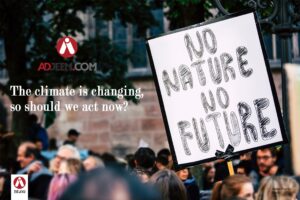 The world is facing a food crisis. A combination of factors – including climate change, population growth, and dwindling resources – has created a perfect storm that is leaving millions of people hungry. The United Nations estimates that by 2050, the world will need to produce 70% more food to feed a projected 9.8 billion people. But already, one in nine people around the globe – 795 million – do not have enough to eat.
The world is facing a food crisis. A combination of factors – including climate change, population growth, and dwindling resources – has created a perfect storm that is leaving millions of people hungry. The United Nations estimates that by 2050, the world will need to produce 70% more food to feed a projected 9.8 billion people. But already, one in nine people around the globe – 795 million – do not have enough to eat.
The problem is only getting worse. In the last three years, the number of people experiencing acute hunger has increased by 38 million. And if current trends continue, the number of people suffering from chronic hunger is expected to reach 8.2 billion by 2030.
This crisis has far-reaching consequences. Hungry people are more prone to disease and less likely to be productive members of society. Food insecurity can also lead to social unrest and conflict. The world is facing a daunting challenge, but it is not an insurmountable one.
Biodiversity loss
Biodiversity loss is one of the most pressing environmental issues of our time. It refers to the decline in the variety of life on Earth, including the loss of genes, species, and ecosystem functions. Biodiversity is one of the most important resources we have on Earth. It’s the variety of life forms that make up the planet’s genetic library. It’s the foundation of our food chain, and the diversity of plants and animals helps us to find new medicines and new ways to protect the environment.
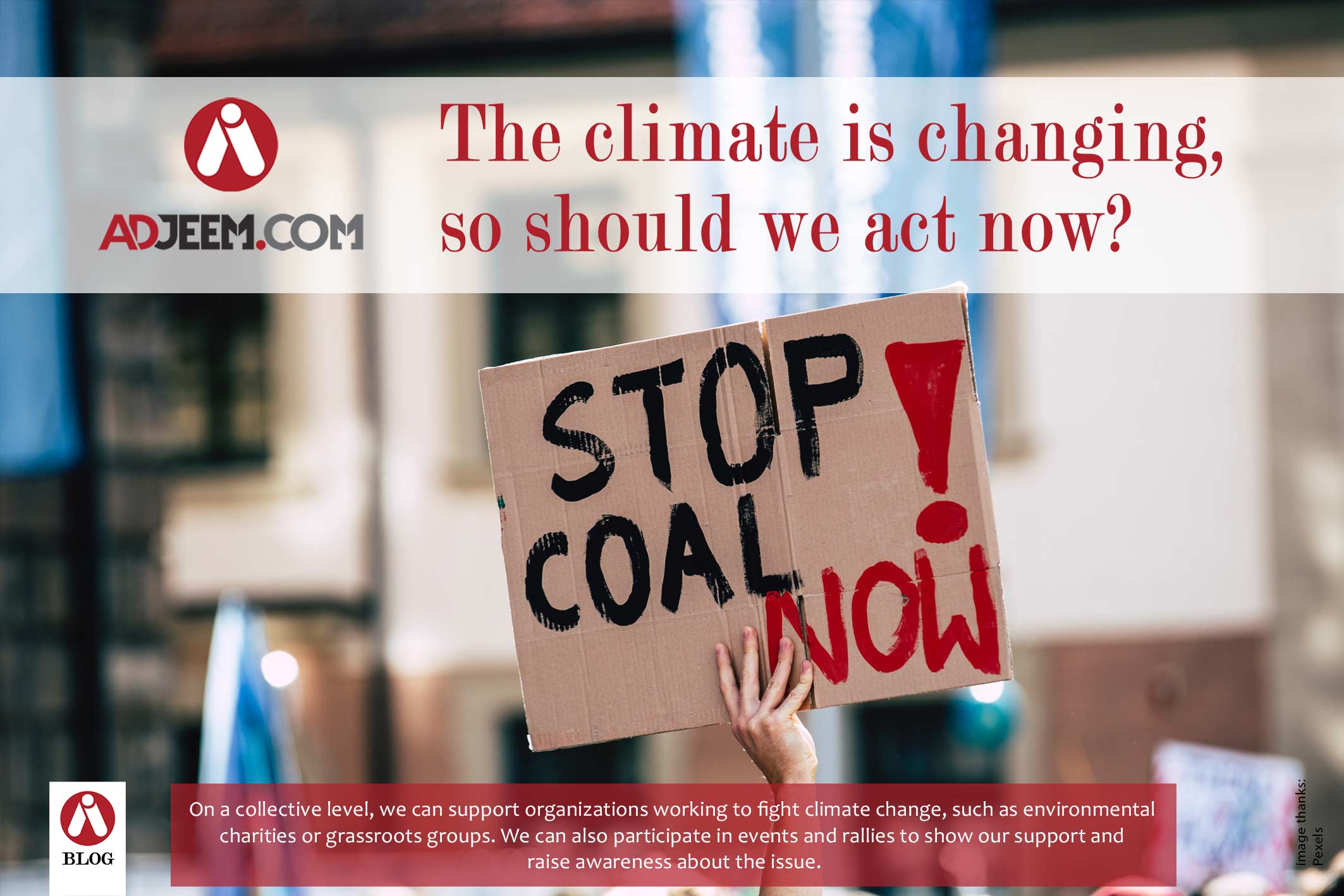
The causes of biodiversity loss are many and varied, but most can be traced back to human activity. Habitat destruction, overexploitation, pollution, and climate change are all major drivers of biodiversity loss.
The consequences of biodiversity loss are far-reaching and potentially catastrophic. A decline in biodiversity can lead to a decline in ecosystem productivity, which in turn can cause a decline in the quality of life for humans and other species. Biodiversity loss can also cause major disruptions to the Earth’s climate and hydrological cycles, and can lead to the extinction of species.
But biodiversity is also in danger. We’re losing it at an alarming rate, and it’s not just a problem in some faraway places. We’re losing biodiversity right here in the United States. And the problem is getting worse.
Climate change solutions
There’s no one answer to climate change – it’s a complex problem that requires a multi-faceted approach. But there are things we can do to start tackling the problem, both on an individual and a collective level.
On an individual level, we can start by making more sustainable choices in our daily lives. This includes things like recycling and composting, using less water and energy, driving less, and eating less meat. Every little bit helps!
We can also get involved in the political process by advocating for policies that will help address climate change. This could mean supporting carbon pricing or renewable energy initiatives, or calling on our elected officials to do more to address the issue.
On a collective level, we can support organizations working to fight climate change, such as environmental charities or grassroots groups. We can also participate in events and rallies to show our support and raise awareness about the issue.
